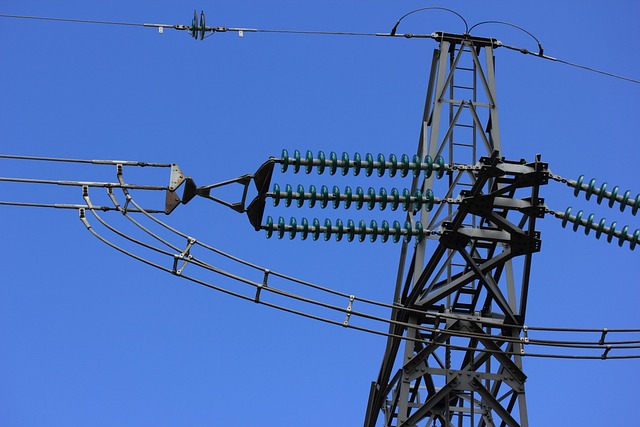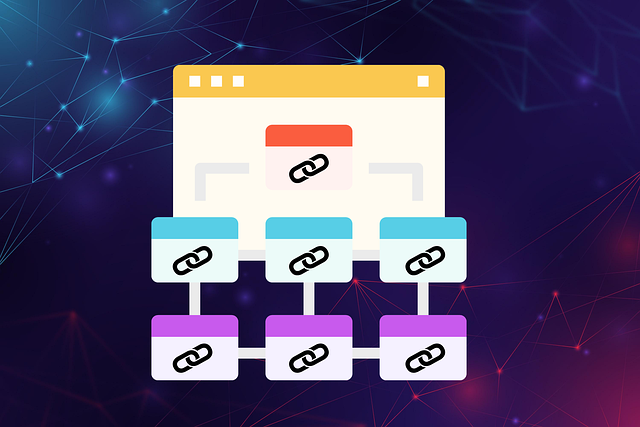Internal linking boosts SEO by strategically distributing "link equity" from high-authority pages to others, enhancing search engine rankings and user experience. To optimize this, start with a comprehensive audit to identify and fix broken links. Diversify dofollow and nofollow attributes and use relevant keywords as anchor text. Leverage SEO analytics platforms and site map generators for detailed insights and improvements. Study case implementations for practical examples of successful link equity distribution strategies. Regularly update content and strategy to maintain optimal performance, focusing on user information needs.
Struggling with internal linking issues hindering your site’s SEO? This guide is your solution. We break down the crucial concept of link equity distribution, essential for building a robust site structure. Learn how to identify broken links and their impact on search rankings, explore strategies to optimize your internal linking, discover powerful tools for efficient auditing and fixing, and study successful case studies. By implementing best practices, you’ll enhance user experience and boost your website’s online visibility through effective link equity management.
- Understanding Link Equity Distribution: The Foundation of Internal Linking
- Identifying Broken Links and Their Impact on SEO
- Strategies to Strengthen Internal Link Structure
- Tools for Efficiently Auditing and Fixing Internal Linking Issues
- Case Studies: Successful Link Equity Distribution in Action
- Best Practices for Sustaining a Solid Internal Linking Strategy
Understanding Link Equity Distribution: The Foundation of Internal Linking

Internal linking is a cornerstone of any website’s SEO strategy, and its effectiveness hinges on understanding link equity distribution. Put simply, link equity refers to the value passed from one page to another through internal links. It’s akin to voting for a webpage’s importance within your site structure. When a high-authority page links to a lower-authority or newly created page, it distributes a portion of its ‘link juice’ or equity, enhancing the linked page’s standing in search engine results pages (SERPs). This concept is crucial for implementing an efficient link equity distribution SEO strategy.
A well-thought-out internal linking strategy, as part of a link equity distribution tutorial, involves identifying key pages that require strengthening and strategically placing links from relevant, high-authority sources. By doing so, you can ensure a democratic flow of link equity across your site, boosting the visibility and relevance of important pages. Remember, an effective link equity distribution strategy isn’t just about linking; it’s about guiding users and search engines to the most valuable content on your website.
Identifying Broken Links and Their Impact on SEO

Identifying broken links is a crucial step in optimizing your site’s structure and improving SEO performance. These broken or weak internal links can negatively impact user experience, leading to higher bounce rates and reduced time spent on pages. When a link leads to a non-existent or inaccessible page, search engines may interpret this as a sign of poor website management, which can lower your site’s credibility in the eyes of algorithms.
Broken links disrupt the natural flow of link equity distribution within your site. Link equity refers to the value passed between pages through incoming and outgoing links, which is essential for SEO. A well-structured internal linking strategy ensures that link equity is distributed effectively, signaling to search engines the importance of certain pages. By fixing broken links, you can restore this distribution, enhancing the overall authority and visibility of your website in search results. Implement regular audits to identify these issues and employ link equity distribution tips and strategies to maintain a robust and seamless user journey across your site.
Strategies to Strengthen Internal Link Structure

To strengthen your site’s internal linking structure and optimize for SEO, start by conducting a thorough audit to identify weak or broken links. This process involves analyzing every page’s anchor text and ensuring that relevant pages are linked together effectively. One of the key strategies is to focus on link equity distribution. Each internal link contributes to the overall authority of a page; thus, distributing link equity evenly across important pages can significantly boost your site’s SEO performance.
Implementing a link equity distribution tutorial involves understanding and utilizing both nofollow and dofollow attributes appropriately. Nofollow links can be used for less relevant or low-quality content, while dofollow links should be reserved for crucial pages. Additionally, diversifying anchor text is essential; using varied and contextually relevant keywords in your anchors improves the overall health of your internal linking structure. Remember that consistent updates and monitoring are necessary to maintain an effective strategy, ensuring your site remains competitive in today’s digital landscape.
Tools for Efficiently Auditing and Fixing Internal Linking Issues

Auditing internal linking issues is a crucial step in optimizing your site’s structure and improving overall user experience. There are several powerful tools available that make this process efficient and effective. These tools can help identify broken links, dead ends, and areas where link equity distribution isn’t optimal.
One such tool is SEO-focused analytics platforms that offer specialized internal linking audits. They provide detailed reports on link equity distribution strategy, highlighting weak or redundant links and offering suggestions for improvements. Additionally, site map generators can be useful in visualizing your site’s structure, making it easier to spot problematic areas. By leveraging these tools, you can efficiently fix broken links, enhance page authority, and ensure a seamless navigation experience for users and search engines alike.
Case Studies: Successful Link Equity Distribution in Action

In the realm of SEO, case studies offer tangible examples of successful strategies at play. When it comes to link equity distribution, several stand out as blueprints for digital marketing success. These case studies highlight how strategic internal linking can dramatically improve a site’s overall search engine performance. By focusing on distributed link equity, these sites have seen significant boosts in their keyword rankings and organic traffic.
Successful link equity distribution tips involve meticulously planning and executing an internal linking strategy that ensures every page has relevant, contextual backlinks. This SEO optimization technique reinforces the site’s authority and navigability while guiding users and search engines alike to valuable content. Analyzing these case studies reveals key insights into best practices for optimizing link equity distribution, ultimately enhancing the site’s overall visibility and user experience.
Best Practices for Sustaining a Solid Internal Linking Strategy

Maintaining a robust internal linking strategy is essential for optimal search engine optimization (SEO) and user experience. To ensure your site’s architecture remains strong, focus on these best practices: Firstly, examine link equity distribution across your pages. Each page should contribute to and benefit from others, creating a harmonious flow of authority within your site structure. Use tools that help identify weak links or pages with low passing value, so you can strategically reshape your internal linking pattern.
Secondly, create content that naturally invites internal links. High-quality, informative, and relevant content is more likely to be linked to from other pages on your site. Implement a well-thought-out linking strategy that aligns with the user’s journey and the hierarchy of information. Regularly update and monitor your internal links to keep them relevant and avoid broken connections, ensuring a seamless experience for visitors and search engine crawlers alike. Remember, a successful link equity distribution SEO strategy is not just about technical implementation; it requires a deep understanding of your audience and their information needs.
